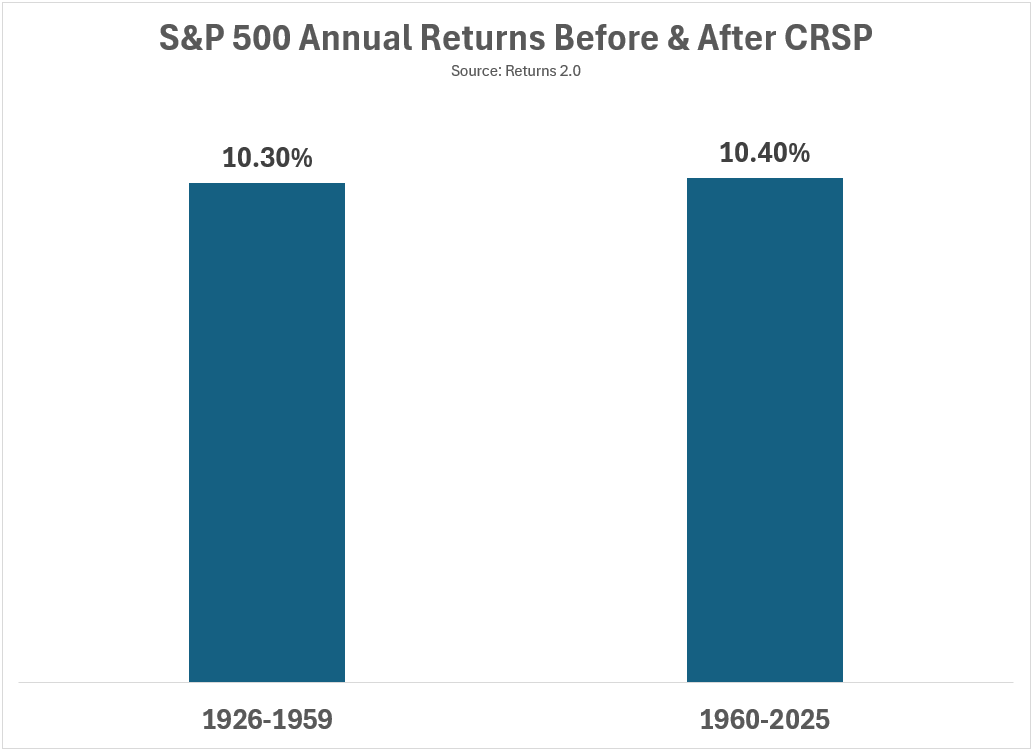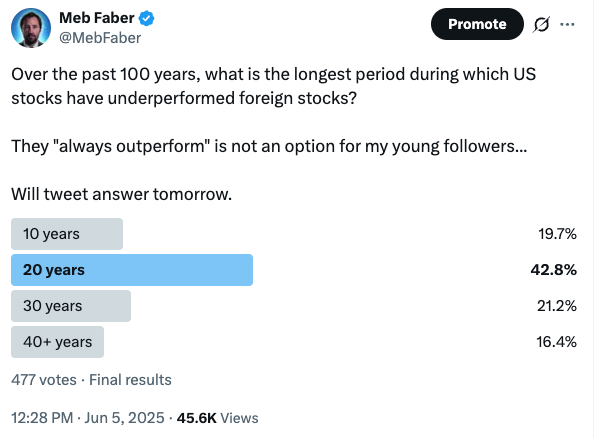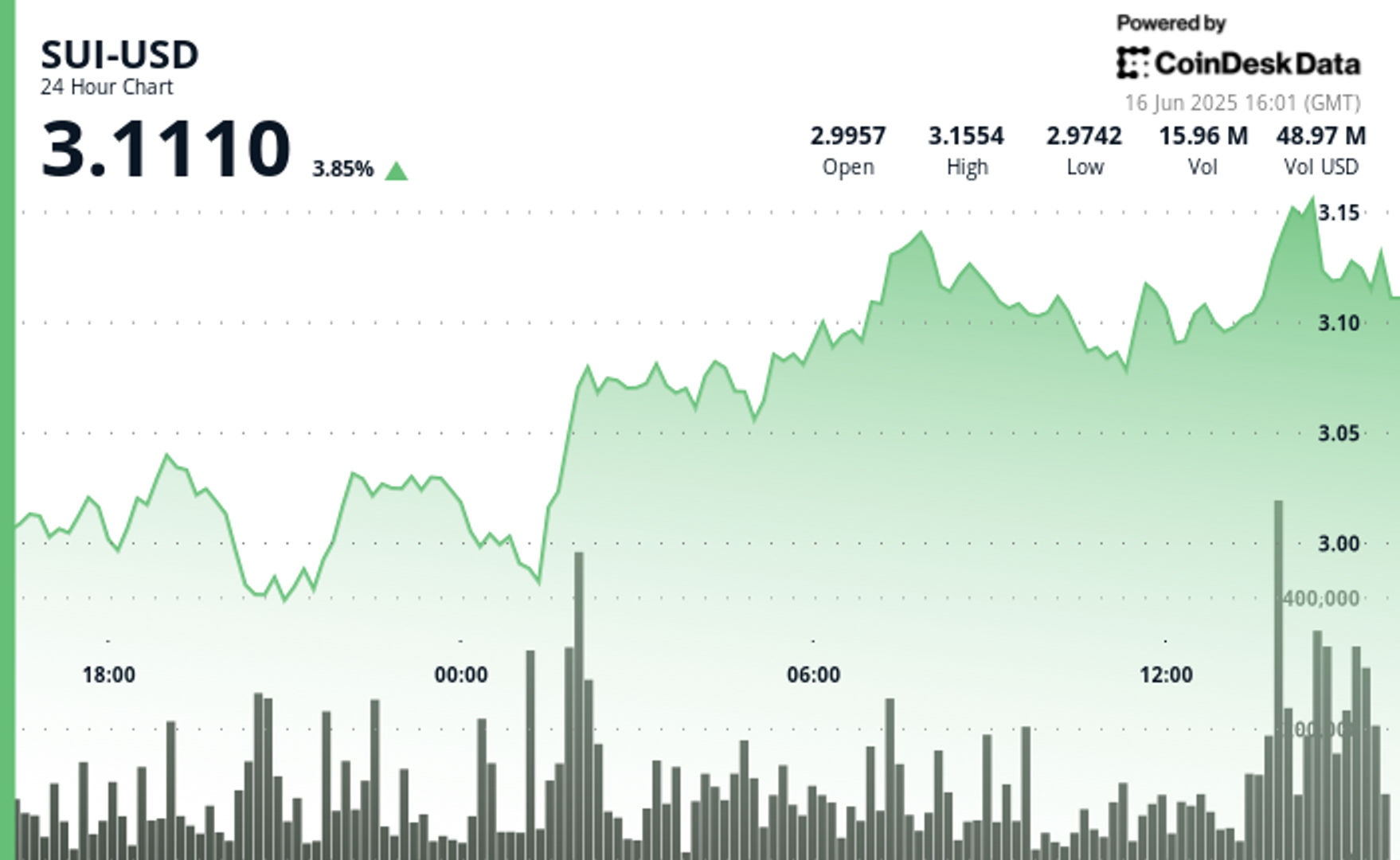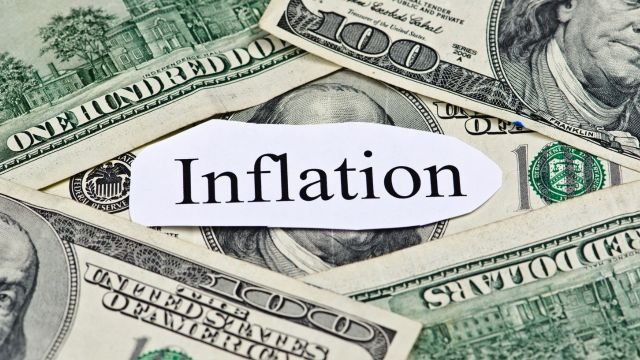Do I Include 401K Contributions When Calculating My Monthly Savings?
The Impact of 401(k) Plans on Retirement Savings Since their creation in 1978, 401(k) plans have revolutionized retirement savings, offering American workers a tax-advantaged vehicle to secure their financial future. These employer-sponsored defined-contribution plans allow employees to defer pre-tax income, often matched by employers, fostering disciplined saving and wealth accumulation through compounding. Unlike traditional pensions, […] The post Do I Include 401K Contributions When Calculating My Monthly Savings? appeared first on 24/7 Wall St..

Key Points in This Article:
-
401(k) plans, with $8.9 trillion in assets and 70 million participants in 2024, are a vital tool for retirement savings.
-
Balance 401(k) and cash savings goals, maximize employer matches, and monitor tax risks.
-
Are you ahead, or behind on retirement? SmartAsset’s free tool can match you with a financial advisor in minutes to help you answer that today. Each advisor has been carefully vetted, and must act in your best interests. Don’t waste another minute; get started by clicking here.(Sponsor)
The Impact of 401(k) Plans on Retirement Savings
Since their creation in 1978, 401(k) plans have revolutionized retirement savings, offering American workers a tax-advantaged vehicle to secure their financial future.
These employer-sponsored defined-contribution plans allow employees to defer pre-tax income, often matched by employers, fostering disciplined saving and wealth accumulation through compounding.
Unlike traditional pensions, 401(k)s empower workers to manage their investments, benefiting from market growth. According to the Investment Company Institute, 401(k) plans held $8.9 trillion in assets across 715,000 plans, serving approximately 70 million active participants and millions of retirees.
The National Association of Manufacturers says , 70% of private-sector workers had access to defined-contribution plans — up from 63% a decade ago — with half of them participating. The average balance reached $134,128, but it really depends upon your age. Millennials, with an 82% participation rate, are increasingly enrolled automatically (58% of plans, reflecting widespread adoption.
Despite risks like market volatility and contribution limits, 401(k)s remain a cornerstone of retirement planning.
A Redditor’s Question on Counting 401(k) Savings
A Redditor on the r/personalfinance subreddit sparked a discussion by asking whether 401(k) contributions should be included when calculating monthly savings, specifically in contexts like “I save $1,000 a month” or “save 15% of your income.”
She wondered if “savings” encompasses retirement accounts like 401(k)s and IRAs or refers solely to after-tax cash for liquid needs. This question highlights a common confusion among investors striving for financial independence.
For the Redditor, including 401(k) contributions in her savings tally aligns with long-term goals like retirement, as these funds grow tax-deferred and often benefit from employer matches. However, excluding them may better reflect short-term liquidity for emergencies or other goals, such as buying a home.
The distinction matters because conflating the two can skew budgeting and financial planning. For example, prioritizing 401(k) contributions might leave little for accessible savings, while focusing only on cash could shortchange retirement. The Redditor’s query underscores the need for a balanced approach to defining and tracking savings.
Actionable Advice for Investors
I’m not a financial planner or tax professional, so these are only my opinions, but to address the Redditor’s dilemma and build a robust 401(k)-centric retirement plan, investors can take practical steps to balance retirement and liquid savings.
- First, set a specific savings goal that includes both 401(k) contributions and after-tax cash. Aim for a total savings rate of 15% to 20% of income, allocating, for example, 10% to a 401(k) and 5% to 10% to a high-yield savings account for emergencies.
- Second, in 2025, the 401(k) contribution limit is $23,500, with catch-up contributions of $7,500 for those 50 and older, or $11,250 for ages 60 to 63, offering flexibility to boost retirement savings.
- Third, maximize employer matches, averaging 4.6% of salary, as this free money accelerates wealth-building.
- Fourth, review your budget monthly to identify savings opportunities — cutting dining out or unused subscriptions can free up $100 to $200 for cash reserves without reducing 401(k) contributions.
- Finally, reassess financial goals annually using tools like Mint or a financial advisor to ensure alignment with retirement and liquidity needs.
By integrating these steps, investors can use 401(k) retirement plans to navigate tax risks and build a balanced, resilient financial future.
The post Do I Include 401K Contributions When Calculating My Monthly Savings? appeared first on 24/7 Wall St..











































































































































































